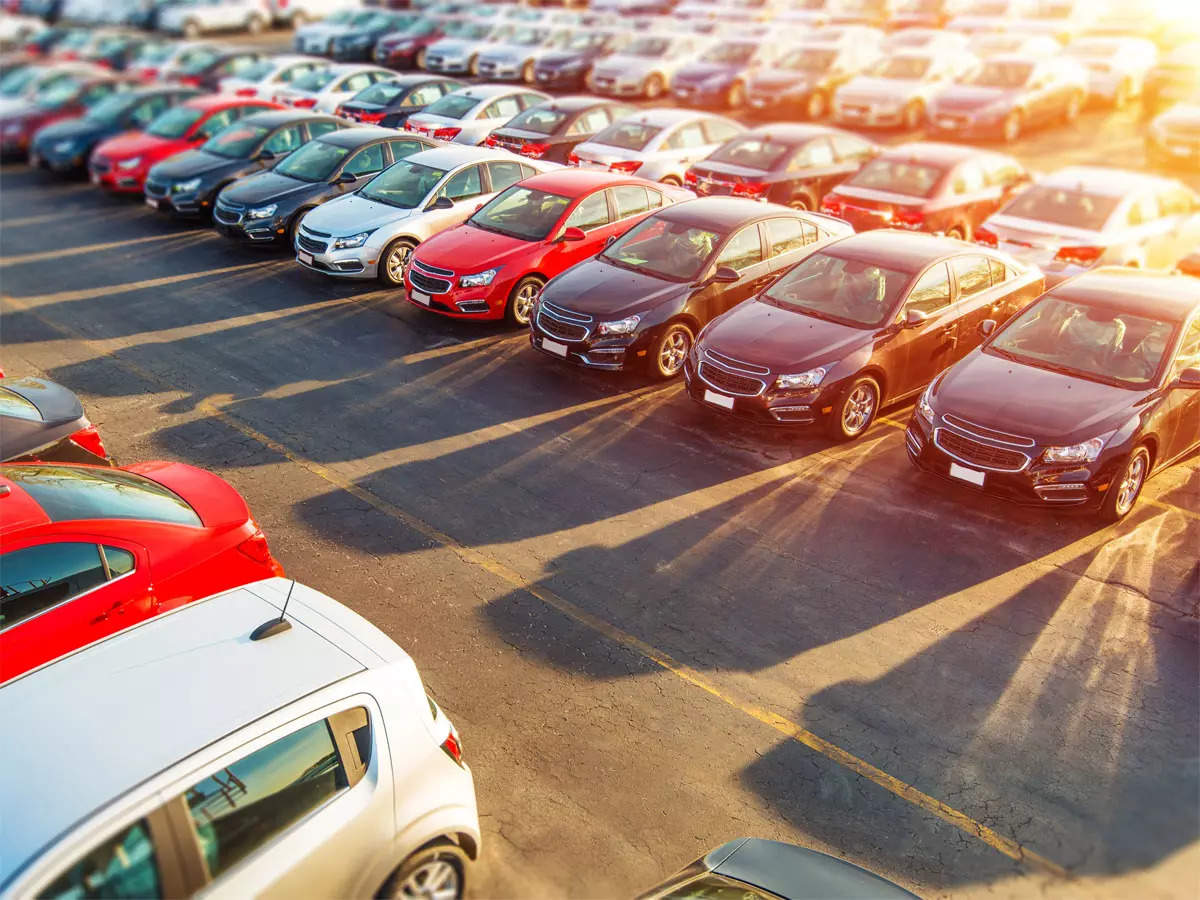Dispatches of passenger vehicles last month, though, declined by about 2% with automakers limiting wholesales amid elevated stock levels in the market. As per industry estimates inventory of passenger vehicles in the channel stands at 407,000 units. Dealers peg the numbers higher and said car stocks in the network range between 67-72 days.
Auto retailers body FADA (Federation of Automobile Dealers Associations), however, expect good retails in the upcoming festive season. Challenges though remain due to high stocks in the passenger vehicle segment, weak consumer sentiments in certain areas stemming from economic uncertainties and uneven spread of the monsoons.
FADA Vice President C S Vigneshwar said, “Following a deficient June, monsoons in India have intensified, resulting in above-normal cumulative rainfall for July. However, the geographical distribution was uneven, with Southern and Central India receiving excess rain, while 10 meteorological divisions experienced a double-digit deficit. Kharif sowing has increased by 2.3% since last year, but these figures are somewhat misleading due to poor sowing activity in the previous year caused by El Nino disruptions.” Compared to July 2023, the sown area has actually decreased by 2.4%, according to experts.
Despite these challenges, India’s automobile retail sector saw a growth of 13.84%, with almost all categories witnessing an increase. While two-wheeler sales grew by 17% (to 1,443,463 units), three-wheelers went up by 13% (to 110,497 units, passenger vehicles increased by 10% (to 320,129 units) and commercial vehicles by 6% (to 80,057 units). Tractors, however, continued to underperform, falling by 12% to 79,970 units in the month under review.
“The two-wheeler segment experienced notable growth due to a thriving rural economy, positive monsoon effects, and government support programs enhancing rural incomes”, Vigneshwar said, adding, the introduction of new products and better stock availability also contributed significantly, despite market slowdowns in certain regions, excessive rains, and increased competition. The segment also saw an increase in EV sales due to discounts and customers advancing purchases fearing end of the EMPS (Electric Mobility Promotion Scheme) in July 31. Passenger vehicle sales also grew in healthy double-digit on back of new model launches and attractive pricing strategies. Vigneshwar said, “Dealers reported benefits from good product availability, attractive schemes, and a wider range of products. Nonetheless, heavy rains, low consumer sentiment, and intense competition posed challenges.” However, in spite of good retails inventory of passenger vehicles surged to a historic high of 67-72 days, equating to Rs 73,000 crores worth of stock, FADA said. High stocks of passenger vehicles in the channel poses a substantial risk for dealer sustainability, necessitating extreme caution. FADA urged PV makers to be vigilant about potential dealer failures due to these high inventory levels. “It is also crucial for the Reserve Bank of India to mandate financial institutions to implement stringent checks before releasing inventory funding, preferably requiring dealer consent or collaterals to prevent the escalation of NPAs”, Vigneshwar said.
CV sales last month grew by 6%, with dealers reporting mixed sentiments. Positive factors included growth in the construction and mining sectors, but challenges such as continuous rainfall, poor finance availability, and high vehicle prices impacted sales adversely. Some dealers achieved growth through small bulk deals and leveraging increased market reach.
Vigneshwar is cautiously optimistic about the demand environment in the local market, going ahead. Two-wheeler sales are expected to grow on back of a growing rural economy, positive impact of the monsoon and the introduction of new products. The festive season beginning after the Aadi month and favourable agricultural conditions are also likely to contribute to increased sales. However, heavy rainfall and inconsistent monsoon patterns may dampen demand in certain areas.
In the passenger vehicle segment, the upcoming festive season, attractive schemes and good monsoon are expected to boost sales, concerns over low consumer sentiment, heavy rainfall and a lack of new product launches persist. In the commercial vehicle segment too, the outlook is modest with positive factors including improved market reach and the festive season, tempered by challenges such as bad freight rates and ongoing rainfall.
The Indian Meteorological Department (IMD) predicts that rainfall in the second half of the monsoon season (August-September) is likely to be ‘above normal’ due to the potential formation of La Nina conditions. While August may see a brief break in the monsoon, overall rainfall for the two months is expected to remain high, which is crucial for Kharif sowing and standing crops. “However, excessive rains could lead to city flooding, floods in low-lying areas and landslides in hilly regions, potentially impacting auto retail sales”, he said.








